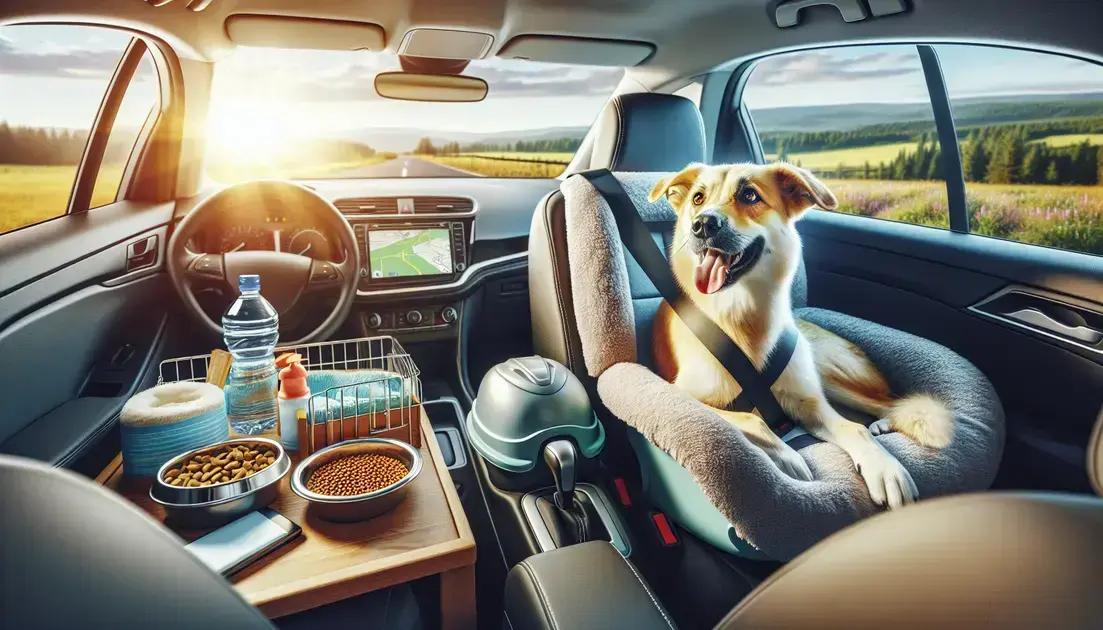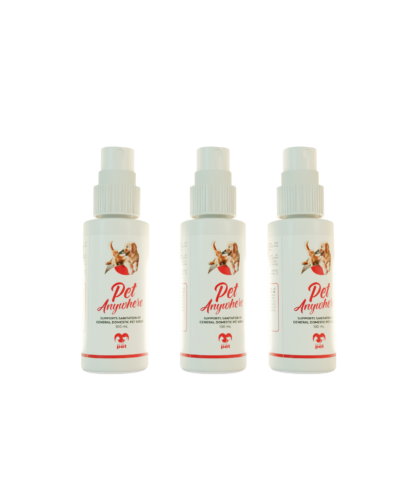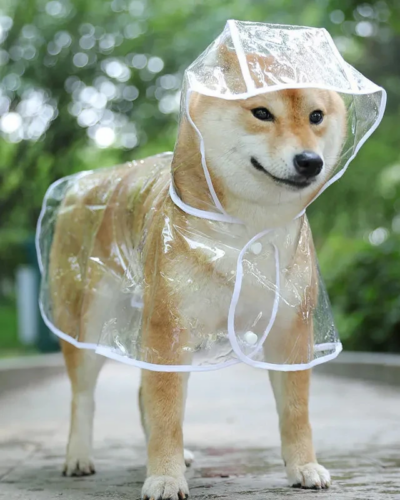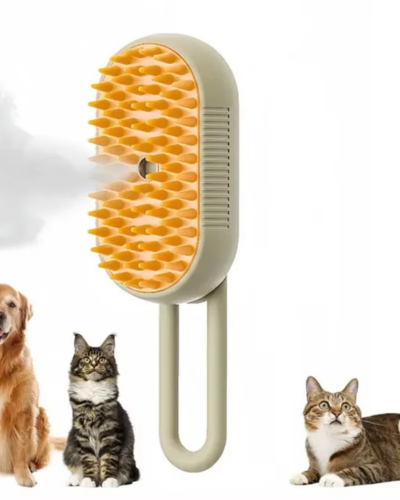Subtotal: 37.98 £
Free delivery for orders over £45
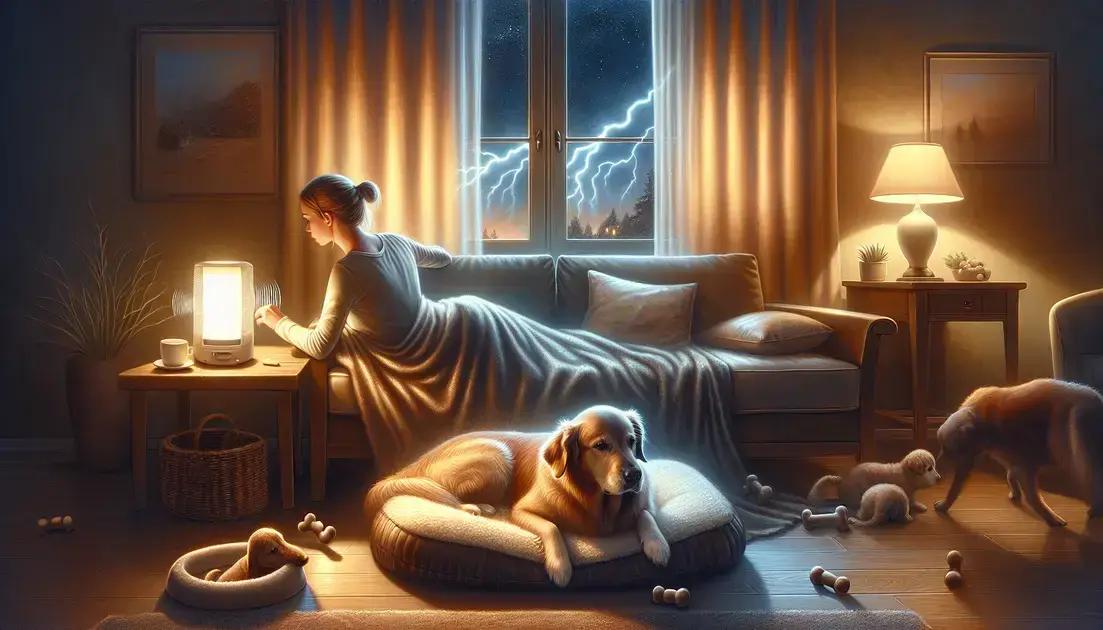
Tips for Managing Dog Anxiety During Fireworks and Storms
Table of Contents
Many dog owners struggle with canine anxiety, but understanding the root of the problem can help. Dogs, like humans, can experience anxiety for various reasons, including changes in their environment or routine. In this guide, we’ll explore key strategies to calm anxious dogs, effective anxiety tips, and the must-have relaxing dog accessories. By creating a peaceful atmosphere, using suitable calming techniques, and implementing appropriate training, you can help soothe your furry friend’s nerves.
Understanding Dog Anxiety
Anxiety in dogs can be a challenging aspect of pet ownership, especially during events like fireworks or thunderstorms. Dogs, like humans, can experience anxiety which can manifest in various behavioural changes. Recognising and understanding these signs is crucial for providing adequate support and managing their stress effectively.
Physiological Factors: Canine anxiety may be triggered by environmental factors such as loud noises from fireworks or storms. These sudden and intense sounds can overwhelm a dog’s acute sense of hearing, leading to fearful or anxious behaviour.
Communication and Body Language: Understanding canine body language is vital. Dogs might exhibit pacing, panting, excessive licking, or tucked ears and tail when anxious. These are non-verbal cues that can indicate your dog’s discomfort or stress. Observing these behaviours can provide insights into their anxiety levels.
Emotional Triggers: Fireworks and thunderstorms are common triggers, as the unpredictable nature and noise can cause significant distress. Dogs often remember these events and may show anticipatory anxiety, wherein the mere anticipation of such events can trigger a stress response.
Comprehending dog anxiety involves not only recognising immediate symptoms but also grasping the underlying causes that vary from one dog to another. By better understanding these dynamics, pet owners are more prepared to implement effective strategies to help manage and alleviate dog anxiety.
Signs Your Dog May Be Anxious
Recognising the signs of anxiety in dogs is key to addressing their needs effectively. While each dog is unique, there are common behaviours that may indicate distress. Excessive Barking: Dogs that bark relentlessly, without any apparent trigger, may be trying to communicate discomfort or stress. Restlessness: Pacing around the house or garden, unable to settle, is often a clear sign your dog is uneasy. Observe any changes in their regular calm state. Destructive Behaviour: Chewing furniture, scratching floors, or making messes can emerge as ways to cope with anxiety, especially during frightening events like fireworks. Hiding or Seeking Closeness: Some dogs may hide under furniture or seek to be closer than usual, clinging to owners during storms. This demonstrates their wish for security. Changes in Appetite: An anxious dog might eat less or even refuse food altogether during stressful times. Conversely, some may gobble food more rapidly from anxiety. Panting and Trembling: These physical signs can appear suddenly, often combined with wide eyes or ears laid back against their head, suggesting stress or fear. Increased Aggression or Withdrawal: While some dogs might bark excessively, others could become unusually aggressive or withdrawn as a reaction to anxiety-inducing situations. Monitoring these behaviour changes can help determine when your dog might need additional support or professional assistance. Address these signs early to provide appropriate comfort and care, reducing their anxiety effectively.
Creating a Relaxing Environment
Create a comforting space where your dog feels safe and secure. Start by selecting a quiet room in your home, away from windows and doors where external noises can penetrate. Drape heavy curtains to muffle any alarming sounds coming from outside.
Soundproofing can be an essential element so consider adding rugs or carpets to absorb sound. Place cushions or soft bedding in the area to provide a comfortable resting spot for your dog. The goal is to establish an environment where they can retreat and feel protected.
Add familiar, calming scents, like lavender or chamomile, using diffusers or pet-safe candles. Your dog’s sense of smell is incredibly powerful, and such aromas can have a soothing effect. However, always ensure the scents used are safe for pets.
Another effective tool is to play calming music. Studies have shown that classical music can help alleviate anxiety in dogs. Ensure the volume is low, creating a tranquil background atmosphere without being overwhelming.
Incorporate interactive toys that can serve as distractions. When your dog engages with these toys, it can shift focus away from distressing noises. Puzzle toys or treat-dispensing toys can be particularly effective in keeping your dog occupied and mentally stimulated.
Maintain a routine that provides a sense of predictability and security. Feeding, walks, and playtime should be consistent, as this can help reduce stress.
Finally, be mindful of your demeanour. Dogs can pick up on human emotions, so staying calm and composed is crucial to creating a relaxed environment for your furry companion.
Effective Calming Techniques
Dogs often find fireworks and storms incredibly stressful. Effective calming techniques can help ease your dog’s anxiety and ensure they remain comfortable throughout these events. Consider incorporating a mix of physical and close-contact strategies to maximise relaxation.
Physical Touch has a soothing effect on many dogs. Gentle petting or a reassuring hug can reduce anxiety levels by mimicking the calming embrace of a mother dog. Applying consistent, gentle pressure on a dog’s body, similar to a Thundershirt, can produce a soothing effect.
Another valuable technique is to create routine distractions, which can shift your dog’s focus away from the distressing sounds of fireworks or storms. Engaging the dog with their favourite toys or puzzles can be particularly effective.
Aromatherapy, such as lavender or chamomile, offers a tranquil environment. These scents can potentially lower stress and calm a frantic pet, albeit it’s essential to introduce any aromatic element gradually to ensure your pet doesn’t have an adverse reaction.
Music is another potent tool. Playing classical music or specially composed music for pets can mask the noise outside and have a calming effect on the nervous system. Numerous research studies support the relaxing power of music.
Ensure to maintain a calm demeanour yourself. Dogs are exceptionally perceptive to their owners’ emotions and often mirror them. By staying composed, you can project an air of calm that your dog may emulate.
Choosing the Right Accessories
Choosing the right accessories can significantly help in calming your dog during fireworks and storms. Consider investing in a high-quality anxiety vest, often called a Thundershirt. These vests apply gentle, constant pressure to your dog’s body, working much like a comforting hug. This pressure has a calming effect on most dogs, potentially reducing their anxiety.
Another accessory to consider is a good set of noise-cancelling ear muffs designed for dogs. These can help reduce the loud, startling sounds associated with fireworks and storms, which are often a significant trigger for anxiety in dogs. Combine this with soothing dog-safe music or white noise to further mask external sounds.
A safe and cosy comfort zone can also make a difference. Create a small den-like space with a favourite blanket or bed, where your dog feels secure. Adding a piece of clothing with your scent on it can provide additional comfort.
Supplementary accessories like aromatherapy diffusers emitting calming scents such as lavender or chamomile may also aid in reducing stress levels. Choose products specifically made for pets to ensure safety.
Don’t forget about the benefit of interactive toys and puzzle feeders. These accessories can serve as a distraction and engage your dog’s mind, redirecting their focus away from the source of anxiety. Look for toys designed to be durable and with varying difficulty levels to keep your dog entertained.
Ultimately, the right combination of accessories can make a tangible difference in managing your dog’s anxiety, promoting a calmer and more comfortable environment during distressing events like fireworks and storms.
Training Tips for Anxious Dogs
Training Tips for Anxious Dogs focus on consistency and patience. Start with basic commands in a familiar setting, away from triggers like fireworks or storms. Positive reinforcement is essential. Reward your dog immediately after displaying calm behaviour, which helps them associate peace with rewards.
Desensitisation can be effective. Gradually expose your dog to low levels of triggering sounds, increasing volume over time. Ensure their comfort throughout by offering plenty of praise and treats. This method reduces panic during actual events.
Counter-conditioning works by altering their emotional response. Pair the triggering noise with a favourite activity or treat. By doing this consistently, the dog learns to associate stressful sounds with positive experiences.
Use of Commands
Teaching your dog specific commands such as “stay” or “settle” can be useful. Practise these commands regularly in calm environments before transitioning to more stressful scenarios. Consistency in these practices reassures your pet, providing them with a sense of security and control.
Implementing Routine is crucial as well. Dogs thrive on predictability, so establish a calm, predictable routine that includes regular play, walks, and training sessions. A structured routine reduces anxiety by providing a sense of normalcy.
Mind Downtime; schedule quiet time where your dog can rest in a safe space. This allows them to associate relaxation with their environment. Regular training combined with these techniques can significantly improve their anxiety levels during fireworks and storms.
When to Seek Professional Help
There are times when dog anxiety might become too challenging to manage alone. Recognising these signs is crucial in ensuring the well-being of your pet. If your dog exhibits behaviours such as excessive barking, destructive behaviour, or withdrawal that do not improve with home interventions, it may be time to seek professional assistance. Anxiety that leads to self-harm, such as biting or scratching themselves until they bleed, should never be ignored. It’s important to consult with a veterinarian or a certified animal behaviourist to evaluate the situation.
Professional Options
They can recommend appropriate therapies or medications that may benefit your dog’s specific needs. Sometimes, behaviour modification plans under the guidance of a professional can make all the difference. Additionally, classes or sessions that focus on socialisation and training might be beneficial. This targeted help could enhance your dog’s ability to cope during fireworks displays or stormy weather, ensuring a healthier, happier environment for both you and your pet.
-
Dry Fast
9.99 £Original price was: 9.99 £.7.99 £Current price is: 7.99 £.
Contact Us
- +44 07391626201
- info@promotepet.com
- 16, Cromwell Close - Oxford - UK
COPYRIGHT © PROMOTE PET. ALL RIGHTS RESERVED. © 2024 Chofard Enterprise Ltd. Chofard Enterprise is a company registered in England and Wales with a company number 13073779 VAT number GB 370644889. 16, Cromwell Close, Oxford OX30RW, United Kingdom – trading as Promote Pet Online Shop.

 Smart Cat Toys Automatic Feather 2 in 1
Smart Cat Toys Automatic Feather 2 in 1 



